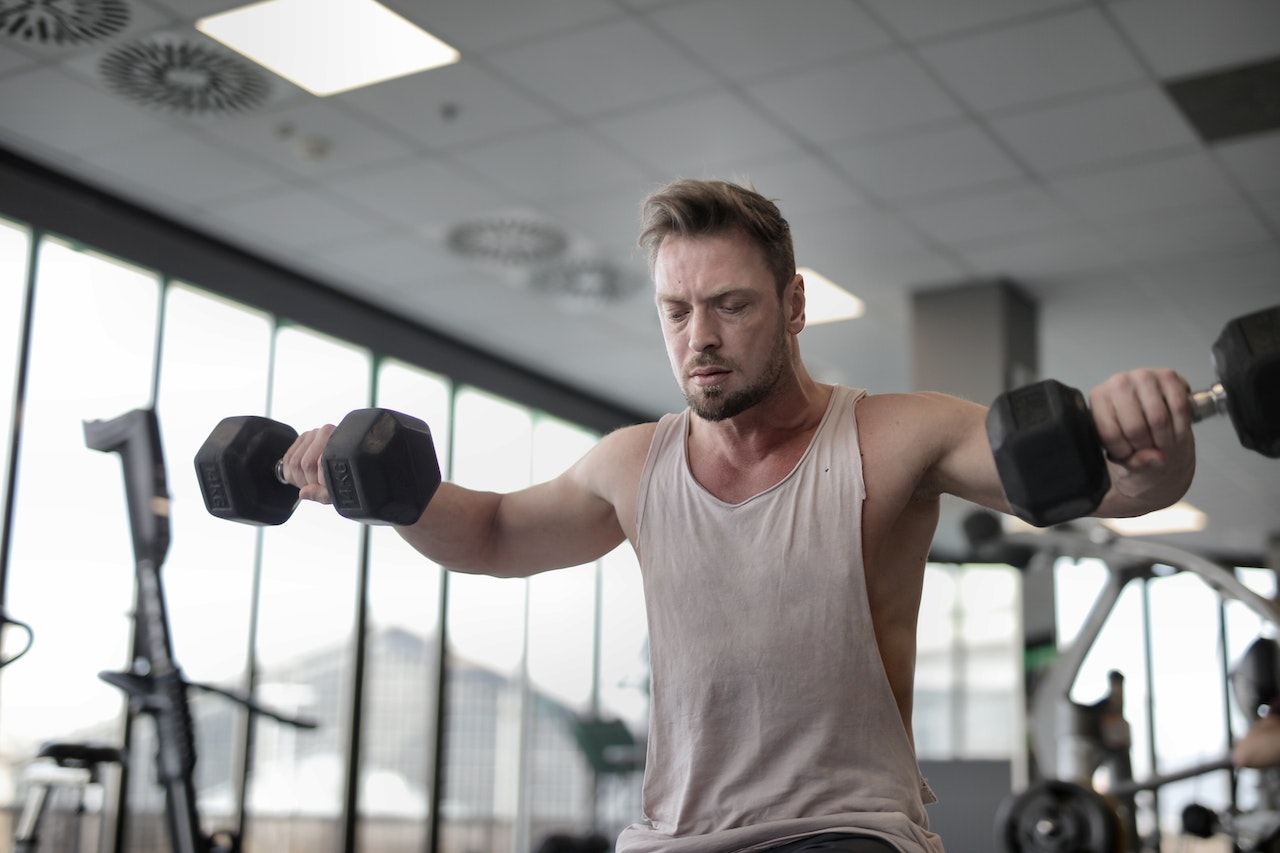

What is the ideal rest time between workouts?
Have you ever thought about training a little longer than recommended to get faster results? Although it sounds like a good idea, this is a very common mistake among people who train
Usually motivated by the anxiety of having faster results or even thinking about the summer, which is the time when the “ideal shape” is even more valued, thousands of athletes, amateurs or not, end up making somewhat controversial decisions about their workouts.
Unfortunately, even you, who are a very well-informed reader of Sooro Renner, have probably already thought about increasing your usual training load; after all, if a certain amount of time in the gym can bring amazing results, why not invest in more of it?
It happens that, in an erroneous way, the belief has spread that both muscular hypertrophy and the gain of physical endurance and strength, which are extremely desired processes by those who train, occur only through intense workouts and physical exercises, which is not true, after all, a large part of the development process also occurs during the resting state, a moment when the muscles have the opportunity to regenerate the fibers that were ruptured.
But after all, how can you define your training routine thinking about respecting the necessary resting times, and what is the ideal time to rest between one workout and another? This is exactly what we are going to talk about in this content.
How important is rest between workouts?
Until recently, the scientific community in general believed that constant workouts with very little rest time would be the fastest way to increase physical performance. However, as research on the subject evolved over the years, it became possible to better understand the importance of rest processes.
Finally, today it is already known that in order for muscles to grow or strengthen through the stimuli generated by your workouts, it is necessary that they regenerate and replenish their energy, and this can be done through the ingestion of specific nutrients or natural rest, and the combination of these two elements is what results in the regeneration of muscle tissues, which are naturally micro-injured every time they are exposed to physical training.
And it is worth remembering that rest does not necessarily mean stopping training; the simple variation between different exercises already allows some muscle groups to rest while others are exercised.
But then, are there situations where I can train every day?
Is training every day harmful?
It is possible to rest even without stopping training, but this will depend on what kind of sport you use to stimulate your muscles, for example:
If you train in a gym and use the weights with the goal of muscle hypertrophy, just vary the days of training thinking about not exercising the same muscle again, for at least 48 hours.
A strategy that is applied with the minimum rest time in mind is the A, B, and C workouts, where on day A, the chest and triceps muscles are usually exercised, on day B; the back and biceps muscles, and on day C; the leg and shoulder muscles.
Other athletes who also need to worry about the minimum rest time are runners, and although it seems that running doesn’t injure as many muscle fibers as lifting weights, it is also important to have a minimum rest time between one workout and another.
A tip from Sooro Renner, is to always seek a professional in the area and do regular follow-ups on your health conditions, after all, only with his presence it will be possible to ensure that you are not going beyond your limits, each body is different and each fitness process is unique!
How to take rest?
Once again, we emphasize that the ideal rest conditions vary a lot from person to person and from the objective of the training performed, but on average, the recommended rest period is 48 hours, and in athletes with a little more history, this period can be reduced to 24 hours or even less.
A good tip to define your own necessary rest time is to pay attention to muscle pain; after all, they can tell you if your muscle has recovered or not. Feeling excessive pain, similar to inflammation, is a sign that it is not yet time to resume your exercises.
Conclusion:
“More” is not always synonymous with better. When it comes to heavy workouts, it is important to keep in mind that rest is key. Many high-performance athletes even say that rest represents more than 50% of their results, as long as it is aligned with a good training and eating routine.
Again, we emphasize the importance of a health professional’s guidance during your training process, and remember, always count on the support of Sooro Renner – Nutrition that generates results.